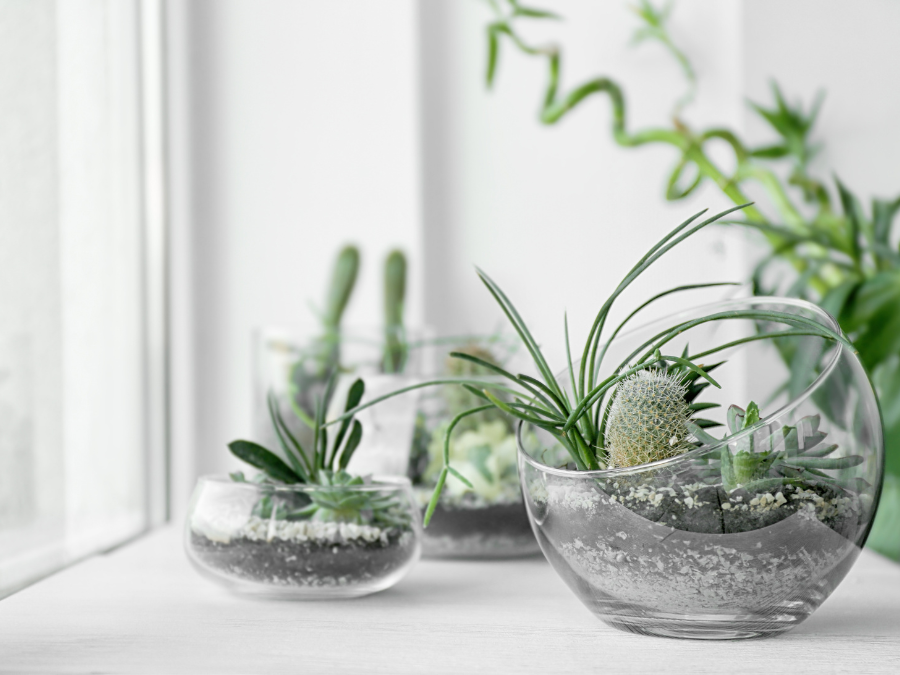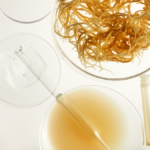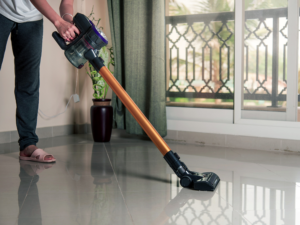Can succulents cause allergies? This is a question that you might have asked yourself as you admired your beautiful indoor plant collection.
The quick answer is, it’s possible but generally unlikely. Succulents, with their fleshy leaves and unique appearance, are a popular choice for indoor environments.
However, not all succulents are created equal when it comes to their allergenic properties. Let’s dive deeper into this topic.
Disclaimer: The content in this document is for informational purposes only and is not intended as medical advice. Always consult your healthcare provider if you suspect you may have allergies or other health concerns related to indoor plants. Understanding individual sensitivities and potential allergen sources in your environment is crucial for your wellbeing.
Before we get into the details, it’s important to note that everyone’s body reacts differently to different substances.
While some individuals may experience allergies from certain plants, others may not have any reaction at all.
If you have a known allergy or sensitivity to certain plants, make sure to research and avoid those specific types of succulents.
- Can succulents cause allergies?
- How To Prevent Allergic Reactions from Succulents
- Understanding Allergies and Indoor Plants
- Potential Allergens in Succulents
- Succulents and Pollen Allergies
- Popular Succulent Plants and Their Potential Risks
- Safety Measures and Hypoallergenic Alternatives
- Frequently Asked Questions
Can succulents cause allergies?
Can succulents cause allergies? The answer to this question is not a straightforward one.
While some succulent species have been reported to cause allergic reactions, most are considered safe for sensitive individuals and homes with children or pets.
How To Prevent Allergic Reactions from Succulents

If you are allergic to succulents, there are some steps you can take to prevent or minimize reactions.
Avoid Direct Contact
First and foremost, avoid direct contact with the milky sap of succulent plants.
Wear Gloves

Wear gloves when handling these plants and be mindful not to touch your face or eyes after handling them.
Don’t forget to wash your hands
It may also be helpful to wash your hands thoroughly after working with succulents.
Dust Free Succulents Indoor Home Plants
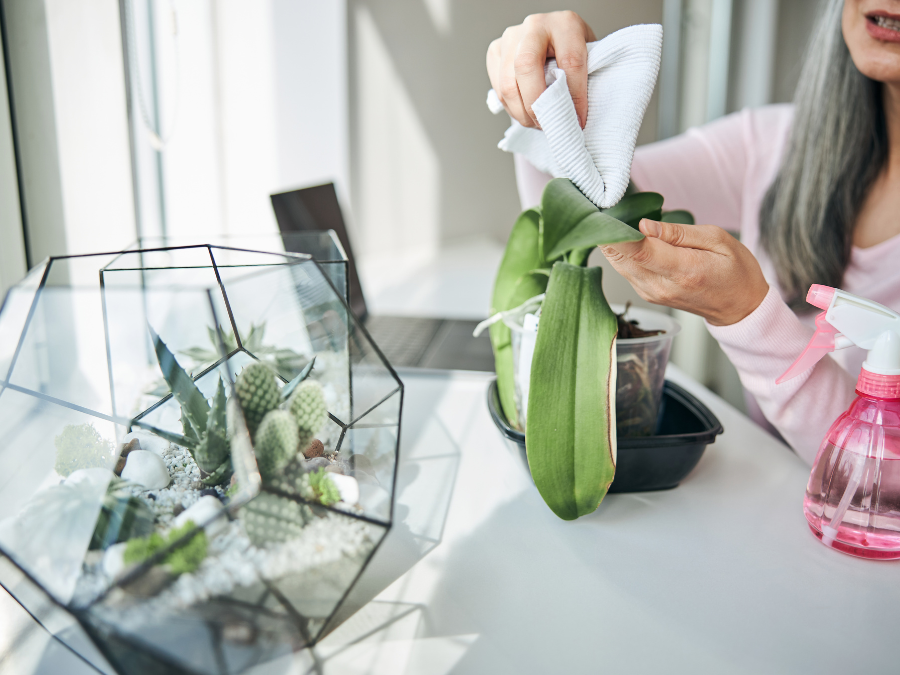
Additionally, keeping your succulents clean and free of dust can help prevent allergic reactions.
You can gently wipe the leaves of your plants with a damp cloth to remove any buildup of pollen or other allergens.
Understanding Allergies and Indoor Plants
Allergic Rhinitis and Indoor Plants
Allergic rhinitis, also known as hay fever, is a common health issue for many people.
Common symptoms include a runny nose, itchy eyes, and nasal congestion. 1
These are triggered by airborne allergens, which can sadly be produced by some of our favorite house plants.
Common Allergens in House Plants
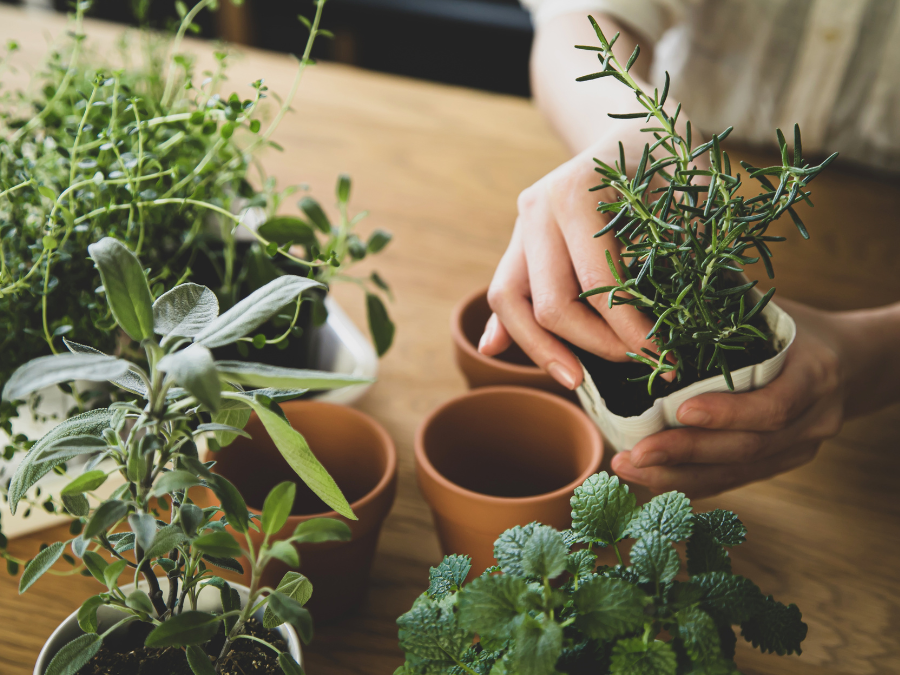
Some indoor plants, like the flowering English ivy 2 or the African violets, are known to produce pollen, a common allergen.
However, succulents are not typically associated with high pollen production, making them a good choice for allergy sufferers.
Yet, some succulents do have allergenic properties that are important to be aware of.
Direct Contact and Skin Irritation
Skin irritation from direct contact with certain types of plants, known as allergic contact dermatitis, is another concern.
This can happen even with popular plants like the jade plant or the crown of thorns.
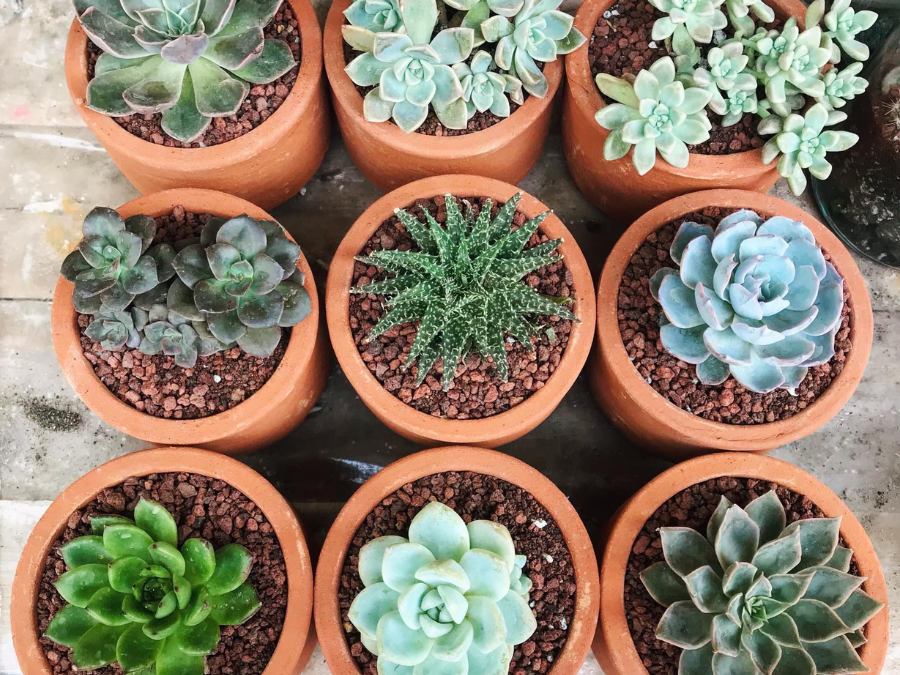
It’s important to take safety measures when handling these plants, such as wearing protective clothing or avoiding direct contact.
Potential Allergens in Succulents
One reason that succulents may cause allergies is their milky sap.
This sap contains toxic compounds that can cause skin irritations, especially for those with sensitive skin.
The sap is most potent when ingested or in contact with mucous membranes. Ingestion can cause a range of symptoms such as nausea, vomiting, and diarrhea.
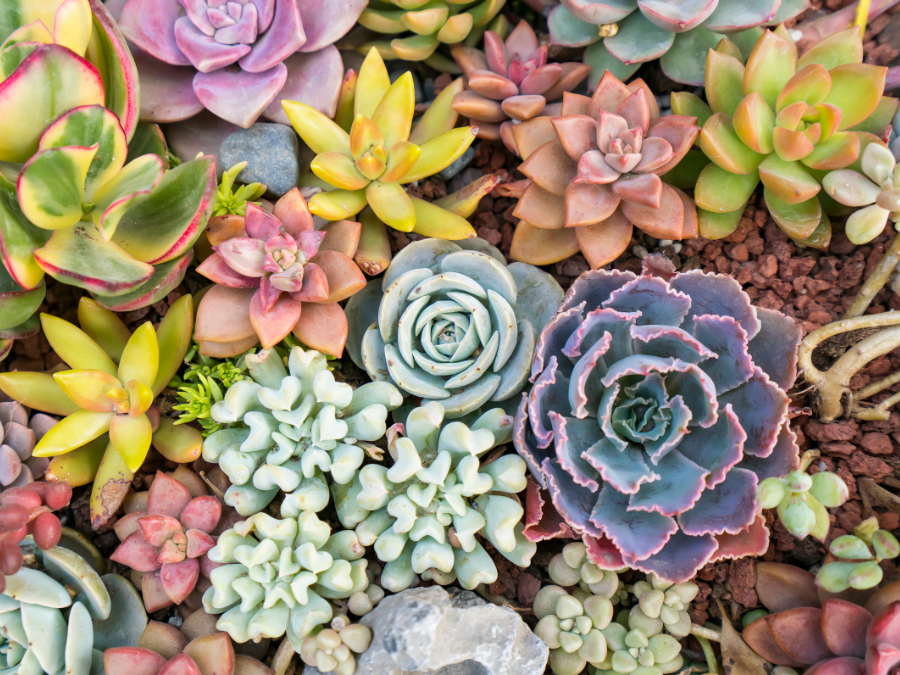
Some succulent species that contain this milky sap include Euphorbia family plants3, such as the popular Christmas cactus (Euphorbia pulcherrima)4. While non-toxic to humans, this sap can be harmful to pets if ingested.
On the other hand, contact with mucous membranes such as the eyes or mouth can cause irritation and even allergic reactions in some individuals.
Plants that contain this milky sap should be handled with care, and gloves should be worn when pruning or repotting.
Succulents and Pollen Allergies
Another potential allergen in succulents is pollen.
For individuals with pollen allergies, some succulent species may trigger symptoms such as sneezing, a runny nose, and itchy eyes.
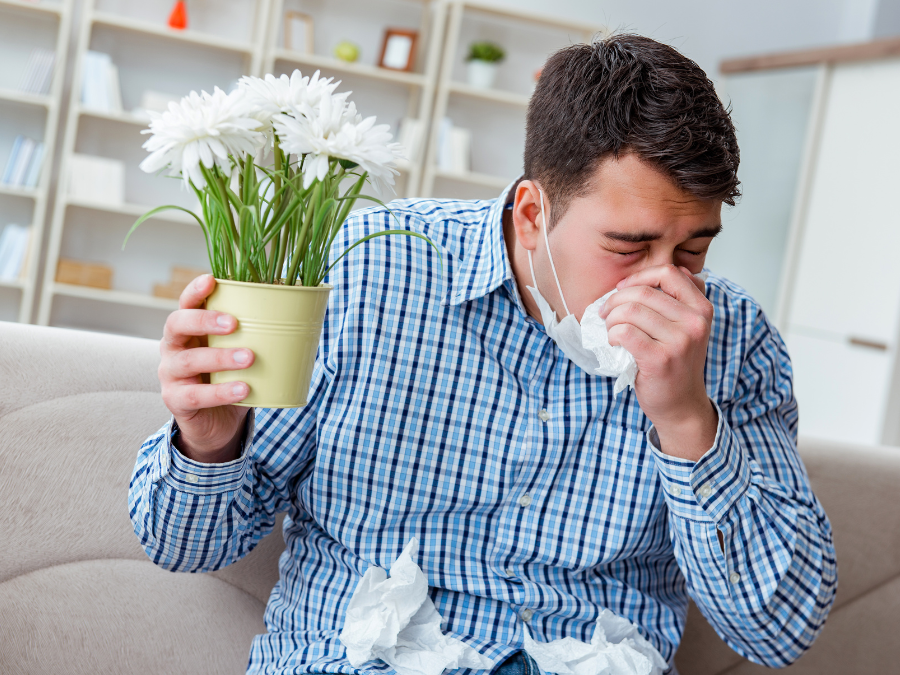
The best way to determine if your specific succulent species will cause these symptoms is to research their pollination habits.
Succulents that are pollinated by insects or birds are less likely to produce airborne pollen and cause allergies.
Additionally, some succulent species have a specific flowering season, so if you know you have pollen allergies, it may be best to avoid these types of plants during their blooming period.
Popular Succulent Plants and Their Potential Risks
Snake Plant – The Good and the Bad
The snake plant, or Sansevieria trifasciata, known for its ability to improve indoor air quality, is an excellent choice for indoor spaces.
However, it can cause skin irritation in sensitive individuals or those with sensitive skin.5
Aloe Vera – A Mixed Bag
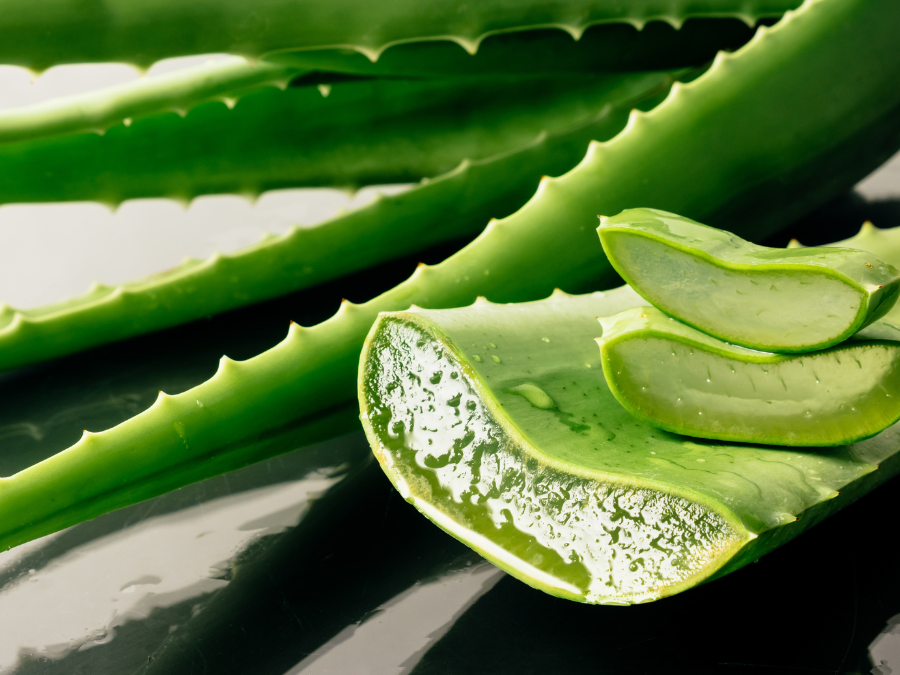
Aloe vera plants, while known for their soothing properties and being an excellent choice for skincare, can cause adverse reactions in rare cases.
These reactions may include skin rashes, abdominal pain, or difficulty breathing.6
Pencil Cactus – Handle with Care
The pencil cactus, a popular indoor plant from South Africa, has a milky sap that contains toxic compounds.
Direct contact can lead to skin irritation, eye irritation, and in severe cases, even nausea and vomiting.7
Safety Measures and Hypoallergenic Alternatives
How to Handle Succulents Safely
Always handle succulents with care to avoid direct skin contact which may cause irritation. Wearing long sleeves and protective gloves, especially when handling toxic succulents like the pencil cactus, is a good idea.
Choosing Hypoallergenic Plants
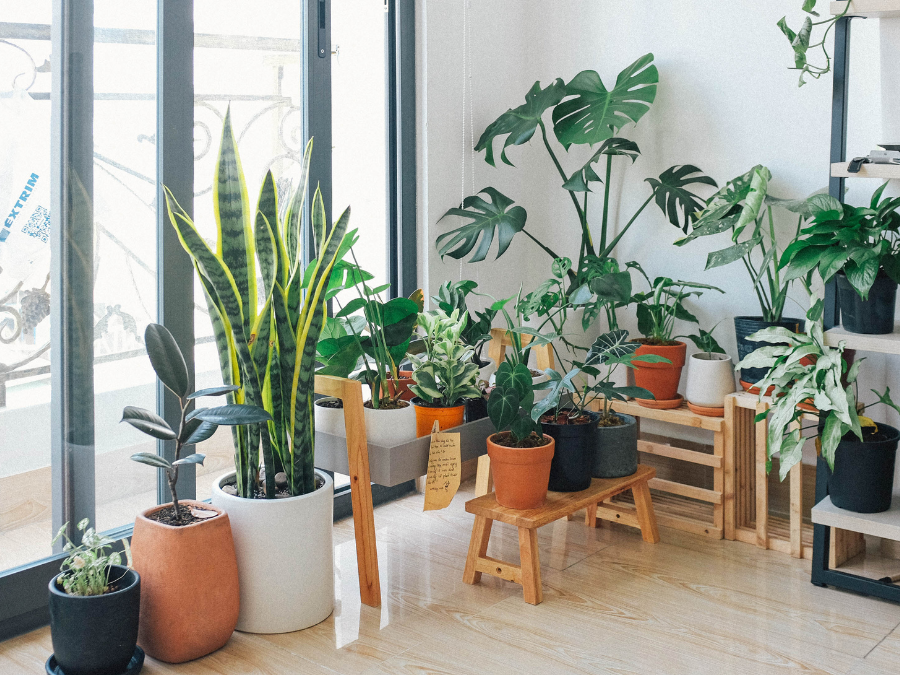
For individuals with allergies, it’s crucial to select hypoallergenic plants for your living area.
Be mindful of plants that have the potential to cause allergic reactions, such as Spider plants and male palms8, as they are more likely to trigger such responses.
Improving Indoor Air Quality with Succulents
Succulents can improve indoor air quality by absorbing airborne pollutants. They require little water and direct sunlight, making them the best choice for indoor environments.
Ensure that you don’t allow dust to accumulate on your plants as this can trigger allergic reactions.
Frequently Asked Questions
- Are succulents safe for children and pets?
- What should I do if I have an allergic reaction to a succulent?
- Can succulents cause allergies even without direct contact?
- Can succulents help in improving air quality for those with respiratory issues?
- What precautions should I take while handling succulents if I have skin allergies?
- Is there a specific time of year when succulents are more likely to cause allergies?
Are succulents safe for children and pets?
Although most succulents are not poisonous, some species like the string of pearls and the jade plant contain toxic substances that can be harmful if ingested in large quantities.
It’s crucial to keep these plants out of reach of children and pets. Before getting a new plant, it’s important to do thorough research. This helps you make informed decisions and improves your ability to care for the plant effectively.
What should I do if I have an allergic reaction to a succulent?
If you experience severe symptoms like difficulty breathing or abdominal pain, seek immediate medical attention.
For less severe symptoms like skin irritation or runny nose, removing the offending plant and taking an over-the-counter antihistamine may help.
Before starting any treatment, it’s best to consult your healthcare provider for proper guidance and recommendations.
Can succulents cause allergies even without direct contact?
In some cases, succulents can cause allergies through airborne allergens. However, this is less common as succulents produce less pollen compared to other indoor plants.
Can succulents help in improving air quality for those with respiratory issues?
Yes, succulents like snake plants and aloe vera are known for their air-purifying properties.
These plants can absorb toxins from the air, thereby improving the overall air quality9, which can be beneficial for those with respiratory issues.
What precautions should I take while handling succulents if I have skin allergies?
If you have skin allergies, it’s recommended to wear gloves while handling succulents.
Some succulents have sap that can cause skin irritation upon contact.
Also, wash your hands thoroughly after handling the plants.
Is there a specific time of year when succulents are more likely to cause allergies?
While allergies can occur at any time, they may be more prevalent during the blooming period of succulents, usually in the spring or summer.
This is when the plants produce more pollen, which can lead to increased allergic reactions.
In summary, while succulents can potentially cause allergies in sensitive individuals, they are generally considered a safe and hypoallergenic choice for most people.
By taking necessary precautions and choosing the right plants, you can enjoy the beauty and benefits of your indoor succulent garden without worrying about allergies.
Reference
- American college of allergy, asthma, and immunology
↩︎ - Allergic contact dermatitis to common ivy (Hedera helix L.)
Ozdemir C, Schneider LA, Hinrichs R, Staib G, Weber L, Weiss JM, Scharffetter-Kochanek K. Allergische Kontaktdermatitis auf Efeu (Hedera helix L.) [Allergic contact dermatitis to common ivy (Hedera helix L.)]. Hautarzt. 2003 Oct;54(10):966-9. German. doi: 10.1007/s00105-003-0584-4. PMID: 14513244. ↩︎ - Keratouveitis caused by Euphorbia plant sap
Basak SK, Bakshi PK, Basu S, Basak S. Keratouveitis caused by Euphorbia plant sap. Indian J Ophthalmol. 2009 Jul-Aug;57(4):311-3. doi: 10.4103/0301-4738.53060. PMID: 19574703; PMCID: PMC2712704. ↩︎ - Christmas Cactus
Paulsen E, Skov PS, Bindslev-Jensen C, Voitenko V, Poulsen LK. Occupational type I allergy to Christmas cactus (Schlumbergera). Allergy. 1997 Jun;52(6):656-60. doi: 10.1111/j.1398-9995.1997.tb01045.x. PMID: 9226060. ↩︎ - Allergic Rhinitis Due to the Ornamental Plant Sansevieria trifasciata
Nin-Valencia A, Tomás-Pérez M, Bartolomé Zavala B. Allergic Rhinitis Due to the Ornamental Plant Sansevieria trifasciata. J Investig Allergol Clin Immunol. 2021 Feb 21;32(1):62-64. doi: 10.18176/jiaci.0704. Epub 2021 May 11. PMID: 33978588. ↩︎ - Anaphylaxis to topical Aloe vera in a birch pollen allergic child
Varga EM, Bublin M, Eber E, Breiteneder H. Anaphylaxis to topical Aloe vera in a birch pollen allergic child. Clin Transl Allergy. 2014 Mar 17;4(Suppl 2):P45. doi: 10.1186/2045-7022-4-S2-P45. PMCID: PMC4072281. ↩︎ - Euphorbia Tirucalli
Binckley S, Zahra F. Euphorbia Tirucalli. [Updated 2023 Apr 27]. In: StatPearls [Internet]. Treasure Island (FL): StatPearls Publishing; 2023 Jan-. Available from: https://www.ncbi.nlm.nih.gov/books/NBK574526/ ↩︎ - Asthma and Allergy Foundation of America
↩︎ - The contribution of plants for CO2 removal from indoor air
Raza, S. H., Shylaja , G., Murthy, M. R., & Bhagyalakshmi, O. (2003, June 24). The contribution of plants for CO2 removal from indoor air. SienceDirect. https://doi.org/10.1016/0160-4120(91)90021-H ↩︎

